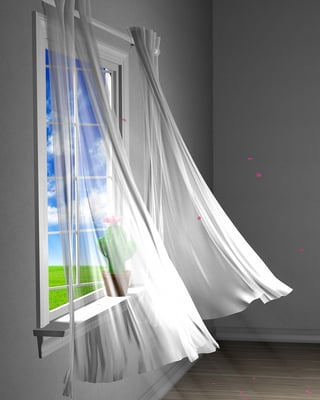 It’s one of the most common household phenomena, and one that greatly influences the efficiency of your windows: air infiltration. In the next instalment of our four part series examining the essentials of window performance, we focus on air infiltration and what you should look for when choosing new replacement windows.
It’s one of the most common household phenomena, and one that greatly influences the efficiency of your windows: air infiltration. In the next instalment of our four part series examining the essentials of window performance, we focus on air infiltration and what you should look for when choosing new replacement windows.
Never Miss A Beat
Catch up on our four part series by reading our previous articles about Visible Transmittance and Thermal Efficiency.
What Is Air Infiltration?
Every home experiences some form of air infiltration. In its most basic form, this is when air enters the home through cracks and other openings. This isn’t limited to just windows. Air enters and escapes through doors, skylights, electrical outlets, walls, floors or the roof. It’s a perfectly normal occurrence and is caused by natural air pressure differences between the inside and outside of the home.
Air Infiltration and Windows
Air infiltration is arguably the most overlooked aspect of window performance. Air infiltration is important as it influences the structure’s dynamic efficiency, which is how the window will perform in a real world application and while installed in your home.
Air infiltration or air leakage ratings are an important factor to consider when comparing replacement windows. Air infiltration is measured by cubic feet per minute per square foot. That is how many cubic feet of air travelling at a constant 25mph can pass through the window in 60 seconds, divided by the total window area.
To meet the standards of the American Architectural Manufacturers Association (AAMA), a window must achieve a rating below 0.30 cfm/sqft. The lower the value, the better the performance of the window. When choosing your replacement windows you should opt for windows with air infiltration rates of 0.10 or less.
When it comes to windows, different products allow for different air infiltration rates. For example, fixed windows (those that do not open, such as a picture window) – are the most airtight. However, casement windows or double-hung windows (which can open) are the most prone to air infiltration. This results from design compromises manufacturers have to make in order for the window to open.
The WoW Recommendation
The Okna product line is one of the best performing and best engineered window brand available in today’s market. The air tightness rating on the Okna 500 and 800 are 0.02 and 0.01 respectively, making them up to 30 times more airtight than the industry standard.

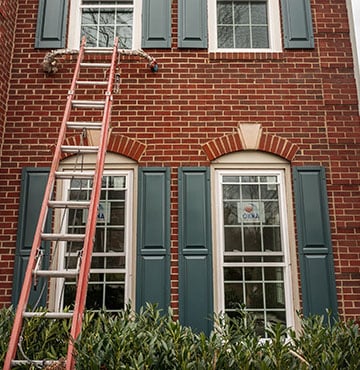
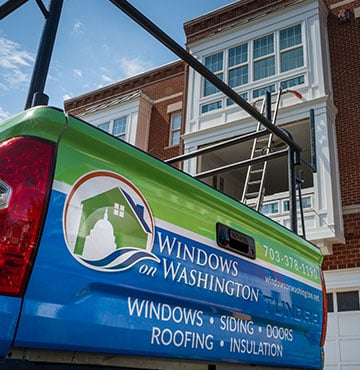
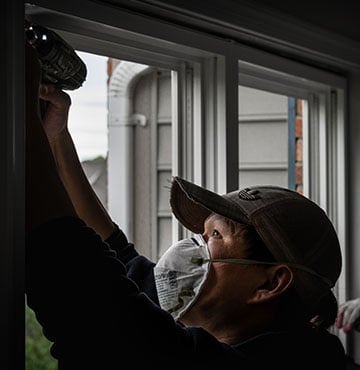
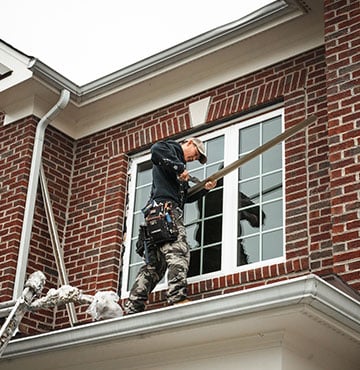



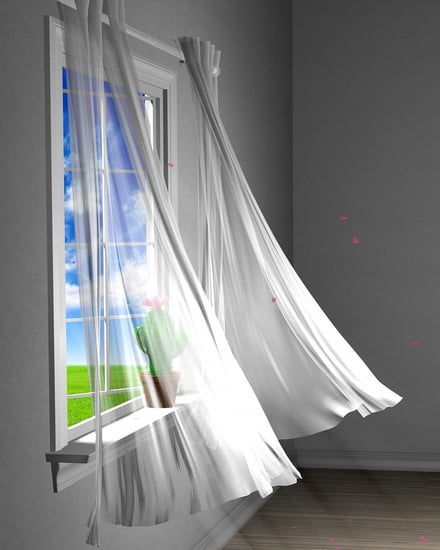
 It’s one of the most common household phenomena, and one that greatly influences the efficiency of your windows: air infiltration. In the next instalment of our four part series examining the essentials of window performance, we focus on air infiltration and what you should look for when choosing new replacement windows.
It’s one of the most common household phenomena, and one that greatly influences the efficiency of your windows: air infiltration. In the next instalment of our four part series examining the essentials of window performance, we focus on air infiltration and what you should look for when choosing new replacement windows.




%20(720%20%C3%97%20510%20px)%20(500%20%C3%97%20500%20px)%20(300%20%C3%97%20300%20px)%20(400%20%C3%97%20400%20px)%20(700%20%C3%97%20700%20px)%20(480%20x%20550%20px).png?width=480&height=550&name=Untitled%20(860%20%C3%97%20860%20px)%20(720%20%C3%97%20510%20px)%20(500%20%C3%97%20500%20px)%20(300%20%C3%97%20300%20px)%20(400%20%C3%97%20400%20px)%20(700%20%C3%97%20700%20px)%20(480%20x%20550%20px).png)
Comments